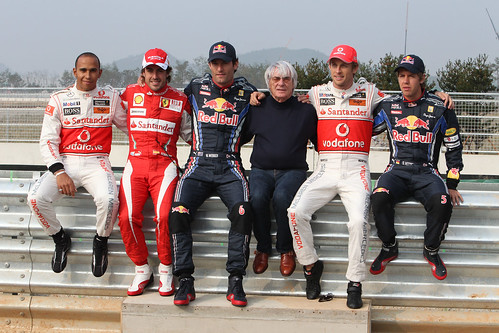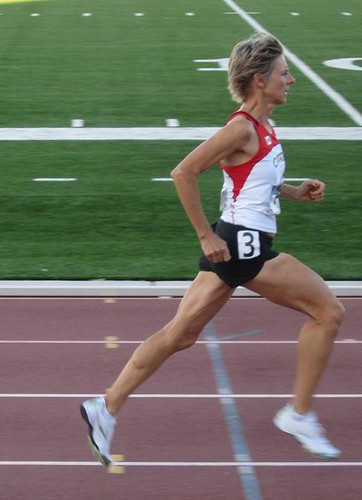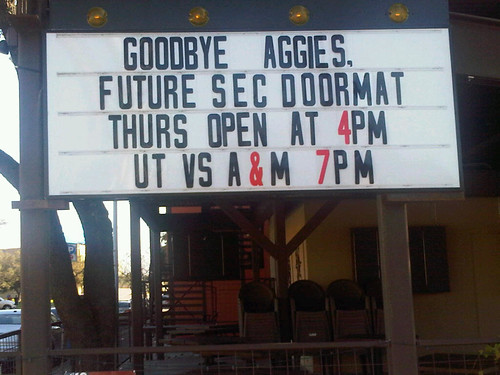 I will be the first to admit that this research isn’t new; as a matter of fact, it has been 14 years since I initially presented the results at the 1997 McKenzie Institute International Conference in Philadelphia. This was followed-up in 1998 with a presentation at the APTA National Conference, and again at the 2000 McKenzie Institute North American Conference.
I will be the first to admit that this research isn’t new; as a matter of fact, it has been 14 years since I initially presented the results at the 1997 McKenzie Institute International Conference in Philadelphia. This was followed-up in 1998 with a presentation at the APTA National Conference, and again at the 2000 McKenzie Institute North American Conference.
The presentations examined the entry-level curricula for spinal evaluation techniques in five countries: United States, Canada, Australia, New Zealand, and the United Kingdom. The goal of the surveys was to establish what was currently being being taught at the entry level, and what the faculty perceptions were with regards to the relative importance of the content.
The question you may be asking right now is “what makes these presentations relevant now?”. Perhaps a more important question would be “has anything changed since that time?”
 In a nation like the United States - a proud nation that managed to put a man on the moon within a decade - it is a sad state of affairs when mediocrity drives anything. This is a country that has never been known for mediocrity – until we found 17% of our GDP going into health care.
In a nation like the United States - a proud nation that managed to put a man on the moon within a decade - it is a sad state of affairs when mediocrity drives anything. This is a country that has never been known for mediocrity – until we found 17% of our GDP going into health care.
Most would agree that the US health care system provides access to some of the best technology and procedures in the world. It provides patients with some of the best clinicians in the world.
But within that construct, the system has a set of misguided incentives and profound mediocrity. Until these issues are addressed, true health care reform will never materialize.
 I have been a true fan of Formula One for a very long time. My exposure to it all started when I was a youth. I had an uncle that went to England to race Formula Fords and build fiberglass moldings for, well, a number of teams, Formula One included if my memory serves me correctly. Of course, this was in the day when cars were still made of aluminum and fiberglass, not carbon fiber – circa 1971 or so.
I have been a true fan of Formula One for a very long time. My exposure to it all started when I was a youth. I had an uncle that went to England to race Formula Fords and build fiberglass moldings for, well, a number of teams, Formula One included if my memory serves me correctly. Of course, this was in the day when cars were still made of aluminum and fiberglass, not carbon fiber – circa 1971 or so.
That year, Bernie Ecclestone became the owner and team manager for the Brabham F1 team. His power in the sport expanded to being the chief executive of the Formula One Constructors Association in 1978, now the President and CEO of Formula One Management. He is, without question, the most powerful man in Formula One.
I have been witness to 40 years of Formula One history. When you stand back and take a look at the big picture, it becomes readily apparent to this F1 aficionado there are four rules that must be obeyed in order to get an F1 event in any locale. Circuit Of The Americas (COTA), please take note.
 This is the fourth in a series of RunSmart videos. The series is on-going, with a new video released on a biweekly or monthly basis. These videos complement the material presented in the book “RunSmart: A Comprehensive Approach To Injury-Free Running”. The full series of videos can be found here. A transcription of the video will also be available with each post.
This is the fourth in a series of RunSmart videos. The series is on-going, with a new video released on a biweekly or monthly basis. These videos complement the material presented in the book “RunSmart: A Comprehensive Approach To Injury-Free Running”. The full series of videos can be found here. A transcription of the video will also be available with each post.
For those of you that are interested in a more interactive learning environment, consider attending a RunSmart Level One, Level Two, or Level Three program. Level One focuses on Principles, Level Two on Performance and Training Program Development, and Level Three on Physiotherapy and Running Injury Recovery.
In this video, I will discuss the first key element to running mechanics: erect posture. There are a some simple verbal cues that can foster an improvement in your running mechanics via alterations in posture.
I hope you enjoy the video series. If you would like me to address any specific aspect of the RunSmart approach, drop me an email or add a comment to this article.
 This past summer of 2011, on a trip to Sacramento, I decided to head to the coast for a little sight seeing. I drove to the north side of the Golden Gate bridge, then headed through San Francisco.
This past summer of 2011, on a trip to Sacramento, I decided to head to the coast for a little sight seeing. I drove to the north side of the Golden Gate bridge, then headed through San Francisco.
I have always had an interest in the cultural changes that took place during the Sixties. With that in mind, I thought that a return trip through Berkeley was in order.
I drove along Telegraph Avenue towards the UC-Berkeley campus. A turn to the right and I was driving past People’s Park, site of the Bloody Thursday protest in 1969. That was the fateful day when Governor Ronald Reagan declared a “state of extreme emergency” and sent in 2,000 National Guard troops. Why? The 3,000 to 6,000 activists who did not want People’s Park to be destroyed.
For many, People’s Park was the epicenter of the counterculture. Now, it is a husk of its former self.
Fast forward 42 years - to 2011. Students have set up camp at Zuccotti Park in New York City to protest Wall Street. But that’s not the only protest. Imagine a peaceful sit-in on the campus of UC-Davis that was met with a barrage of pepper spray. The responses to the Occupy protests are growing more violent.
The ideological roots to Occupy Wall Street run deep and wide. Has the counterculture found its way to the new millennium?
 If you were to take a tour through any number of physical therapy clinics or chiropractic offices in this country, you would be amazed to find a startling trend. Pull out any number of patient charts. Pull out their corresponding billing slips, or whatever financial information is submitted to the insurance company. Compare the two.
If you were to take a tour through any number of physical therapy clinics or chiropractic offices in this country, you would be amazed to find a startling trend. Pull out any number of patient charts. Pull out their corresponding billing slips, or whatever financial information is submitted to the insurance company. Compare the two.
It is amazing how many treatments will take exactly 8 minutes. Soft tissue massage? 8 minutes. Treadmill running? 8 minutes there too. Strengthening exercises? Wow, imagine this, 8 minutes.
Is 8:00 the exciting new, super-special parameter for treatment these days? Or is there something else that drives all of this?
 There was a college football game yesterday in College Station, one of great social implications if you live in the state of Texas. Actually, there were two games being played. For those who may have missed the excitement, here are the scores of the games:
There was a college football game yesterday in College Station, one of great social implications if you live in the state of Texas. Actually, there were two games being played. For those who may have missed the excitement, here are the scores of the games:
Texas 27, Texas A&M 25
Big Money In College Football 1, College Football Fans 0
There was plenty of action on the field, as there always is during the Lone Star Showdown. But what is most important in all of this is the latter score: how money won out and a 118 year-old rivalry lost. It is a sad day in college sports – the football fan and the student athlete both lost today.
 "Running Injuries: Etiology And Recovery- Based Treatment" (co-author Bridget Clark, PT) appears in the third edition and fourth editions of "Clinical Orthopaedic Rehabilitation: A Team Approach" by Charles Giangarra, MD and Robert C. Manske, PT.
"Running Injuries: Etiology And Recovery- Based Treatment" (co-author Bridget Clark, PT) appears in the third edition and fourth editions of "Clinical Orthopaedic Rehabilitation: A Team Approach" by Charles Giangarra, MD and Robert C. Manske, PT.
 Allan Besselink, PT, DPT, Ph.D., Dip.MDT has a unique voice in the world of sports, education, and health care. Read more about Allan here.
Allan Besselink, PT, DPT, Ph.D., Dip.MDT has a unique voice in the world of sports, education, and health care. Read more about Allan here.
 Top 5 finalist in three categories: "Best Overall Blog", "Best PT Blog" and "Best Advocacy Blog".
Top 5 finalist in three categories: "Best Overall Blog", "Best PT Blog" and "Best Advocacy Blog".